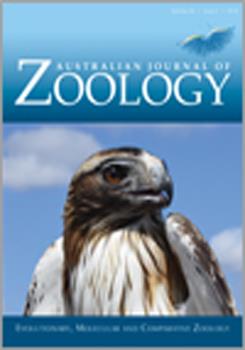Body temperatures in ectotherms are strongly affected by their thermal environment. Ectotherms respond to variation in the thermal environment either by modification of behavioural thermoregulation to maintain their optimal body temperature or by shifting their optimal body temperature. In this study, the body temperatures of males of three populations of spotted snow skinks, Niveoscincus ocellatus, living along an altitudinal gradient (low, mid, and high altitude) were studied in the field and laboratory in spring, summer, and autumn, representing the full activity period of this species. The environmental variation across both sites and seasons affected their field active body temperatures. At the low and mid altitude, N. ocellatus had a higher mean body temperature than at the high altitude. Animals achieved their thermal preference at the low and mid altitude sites in all seasons. At the high altitude, however, N. ocellatus struggled to reach its preferred body temperatures, especially in autumn. The lower body temperature at the high-altitude site is likely due to limited thermal opportunity and/or an effect of avoiding the costs associated with increased intensity of basking.
How to translate text using browser tools
21 February 2019
Thermal biology of the spotted snow skink, Niveoscincus ocellatus, along an altitudinal gradient
Luh P. E. K. Yuni,
Susan M. Jones,
Erik Wapstra
ACCESS THE FULL ARTICLE

Australian Journal of Zoology
Vol. 66 • No. 4
May 2019
Vol. 66 • No. 4
May 2019
body temperature
climate change
Lizards
thermal preference
thermoregulation





